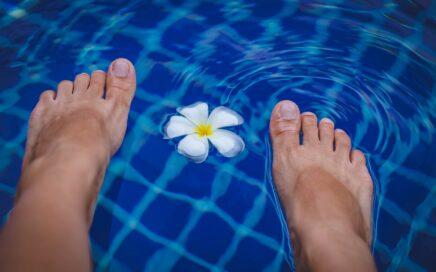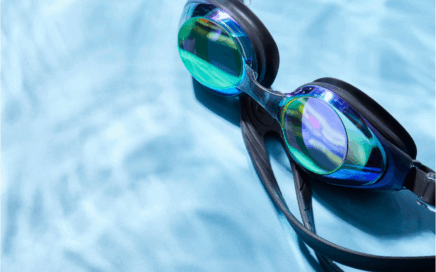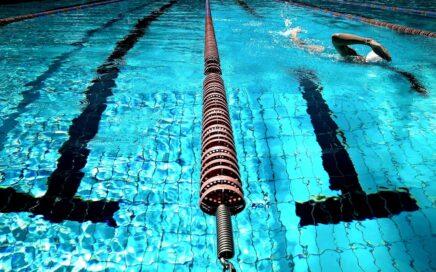
Aqua Jogging
Aqua jogging is one popular aquatic theraphy exercise. Aquatic therapy is an exercise program performed in the water for medical conditions. In addition, it is also suitable for obese and older individuals who are experiencing difficulties in performing land exercises. Taking advantage of the physical properties of water, patient is able to use aquatic therapy […]





